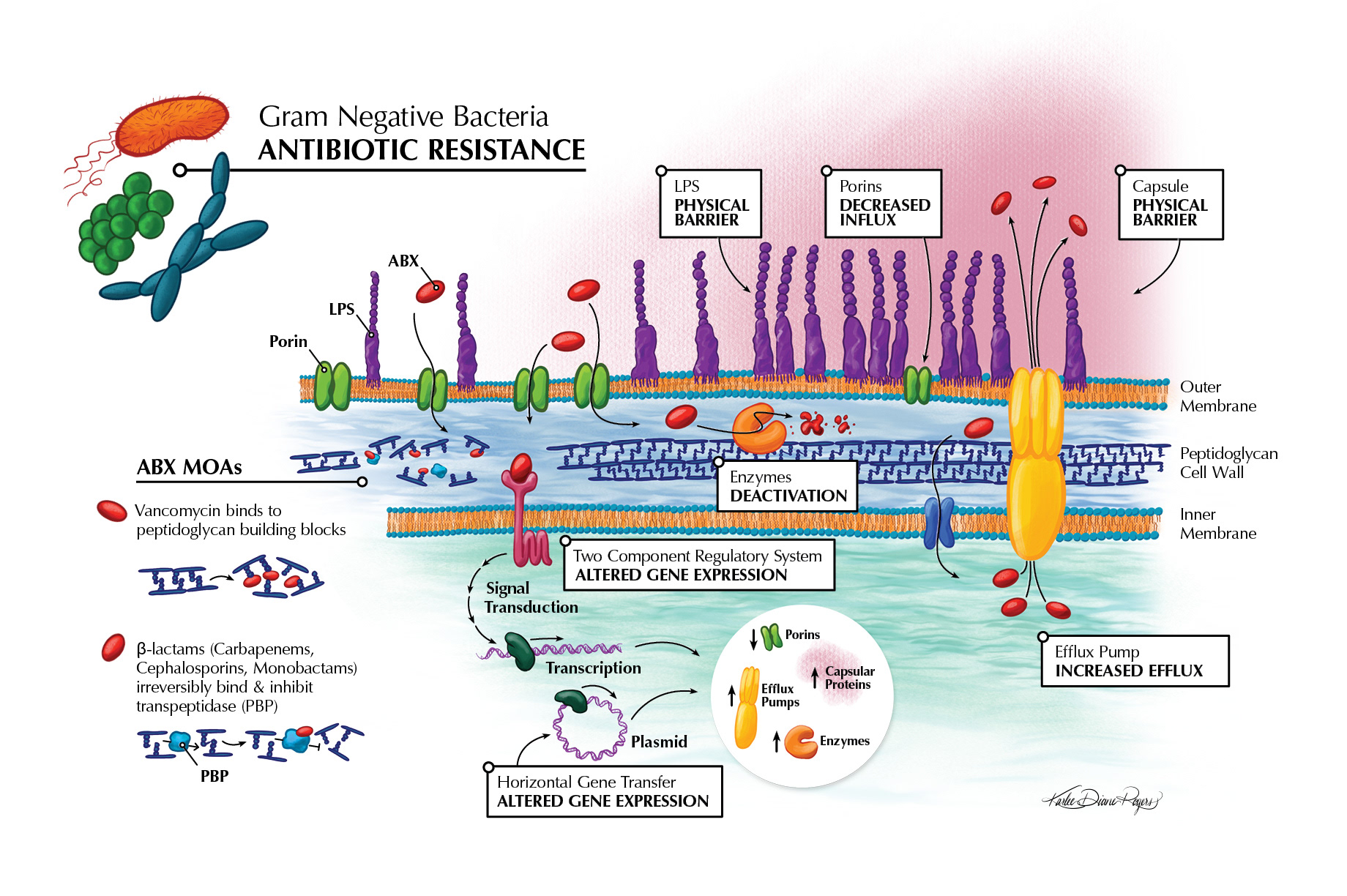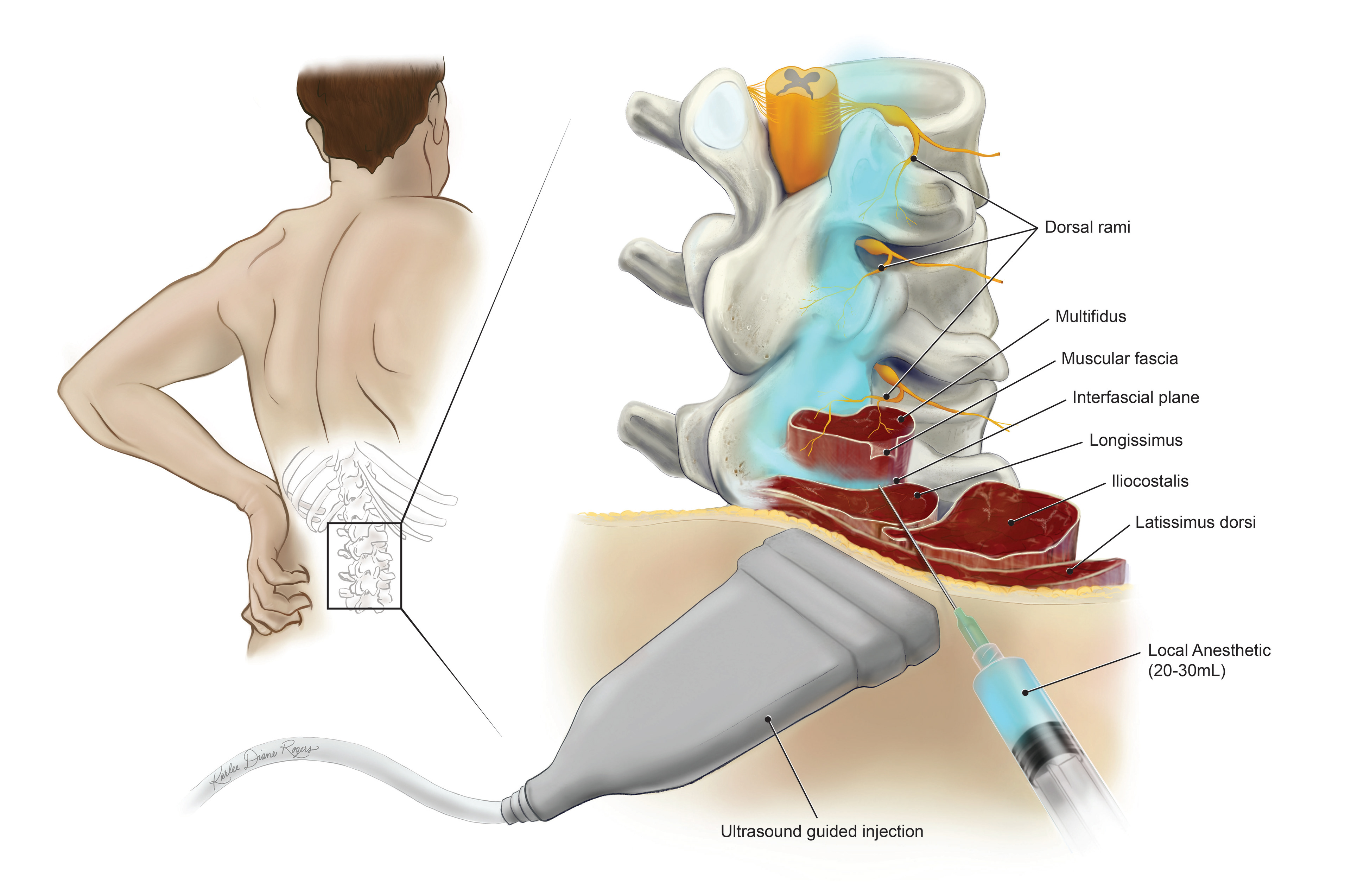Learning about the human body is inherently visual. Anatomical structures and their relationships to each-other in space can be difficult to understand without visual aids. Information presented visually can be rapidly comprehended. New technologies such as VR and AR have furthered the efficacy of educating physicians, specifically surgeons, who now have the opportunity to practice some surgical procedures before touching a patient.
Interactive applications are highly effective in allowing students to learn at their own pace, in their own way. They allow the learner to engage with the material, test themselves, and see things from multiple perspectives.

Educating medical professionals requires a vast wealth of information. Every physician must learn an extremely broad and intensive foundation of medical knowledge. Visual aids can organize and present this information to learners.

Visuals also help to elucidate a concept that a researcher is attempting to share with fellow professionals. Physicians are constantly learning new information in their field and must read and understand research articles as quickly and efficiently as possible to stay up to date for their patients. Visual aids help physicians understand details of an article in just a few seconds.